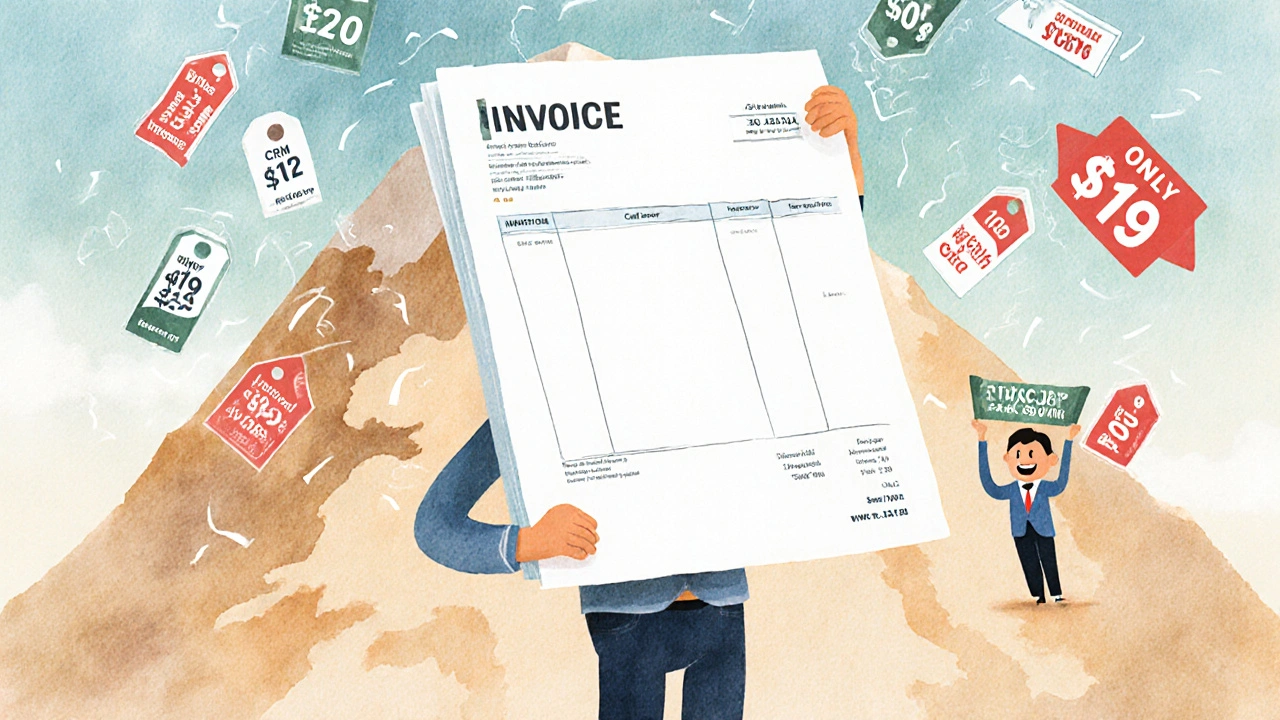Business Phone Costs: Cut VoIP Expenses and Boost Efficiency
When it comes to business phone costs, the total price of keeping your team connected through voice communication. Also known as corporate telephony expenses, it includes everything from hardware and monthly service fees to hidden charges like long-distance rates, maintenance, and support. Most companies still think phone bills are fixed — but they’re not. With VoIP, you can cut those costs by half or more, if you know where to look.
It’s not just about switching from landlines. The real savings come from understanding what drives VoIP costs, the ongoing expenses tied to internet-based calling systems. Also known as IP telephony spend, it’s shaped by your call volume, codec choices, network setup, and whether you use cloud or on-site hardware. A cloud VoIP, a phone system hosted remotely by a provider, with no physical servers on your premises. Also known as hosted PBX, it removes upfront hardware costs and turns phone bills into predictable monthly payments slashes five-year expenses by 50–75% compared to old premises-based systems. Why? No servers to buy, no IT staff to maintain them, and automatic updates built in.
But even cloud VoIP can get expensive if you don’t manage TCO comparison, the full picture of ownership costs over time, including hardware, software, training, and downtime. Also known as total cost of ownership analysis, it reveals hidden drains like overpriced add-ons, unused features, or poor call quality that forces you to buy better headsets or upgrade bandwidth. Most businesses miss this. They see a low monthly rate and assume they’re saving — until they get hit with fees for call recording, international dialing, or extra user licenses. The smart ones ask: What’s my actual cost per call? How many minutes do we use each month? Do we really need IVR or just a simple auto-attendant?
And then there’s VoIP volume discounts, price breaks offered by providers when you commit to higher call volumes or longer contracts. Also known as enterprise calling rates, they’re often negotiable — but only if you know how to ask. Providers don’t advertise these. You have to bring up commit terms, bundle services, or threaten to switch. One company cut its bill by 38% just by asking for a better rate on 10,000 monthly minutes. That’s not luck. That’s strategy.
You don’t need a big IT team to get this right. You just need to know what matters. Is your phone system eating up cash because of roaming charges? Then check out how eSIMs and local numbers cut international costs. Are your agents stuck with static, noisy calls? That’s not a headset issue — it’s a codec or packetization problem. Is your team growing fast? Cloud VoIP scales without new wiring. Every dollar you save on phone costs is a dollar you can reinvest — in training, tools, or just breathing room.
Below, you’ll find real-world breakdowns, side-by-side comparisons, and proven fixes that actually lower your bill. No fluff. No vendor hype. Just what works — for small teams, remote offices, and growing businesses.
